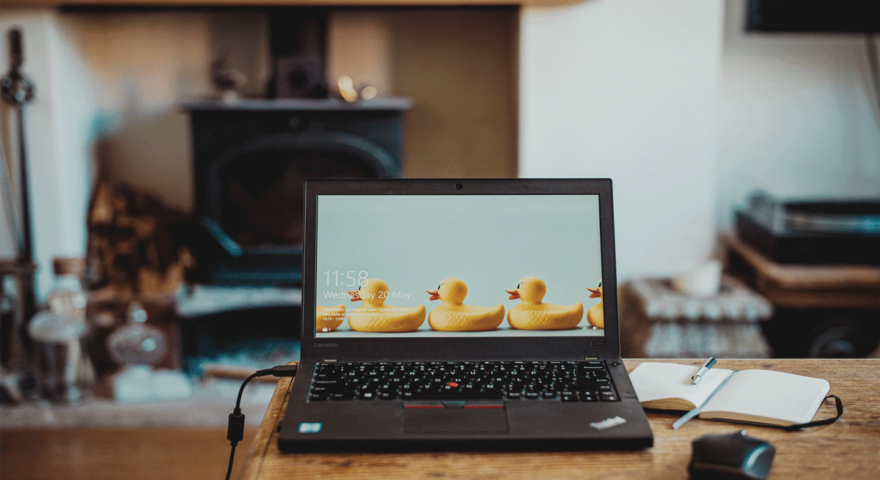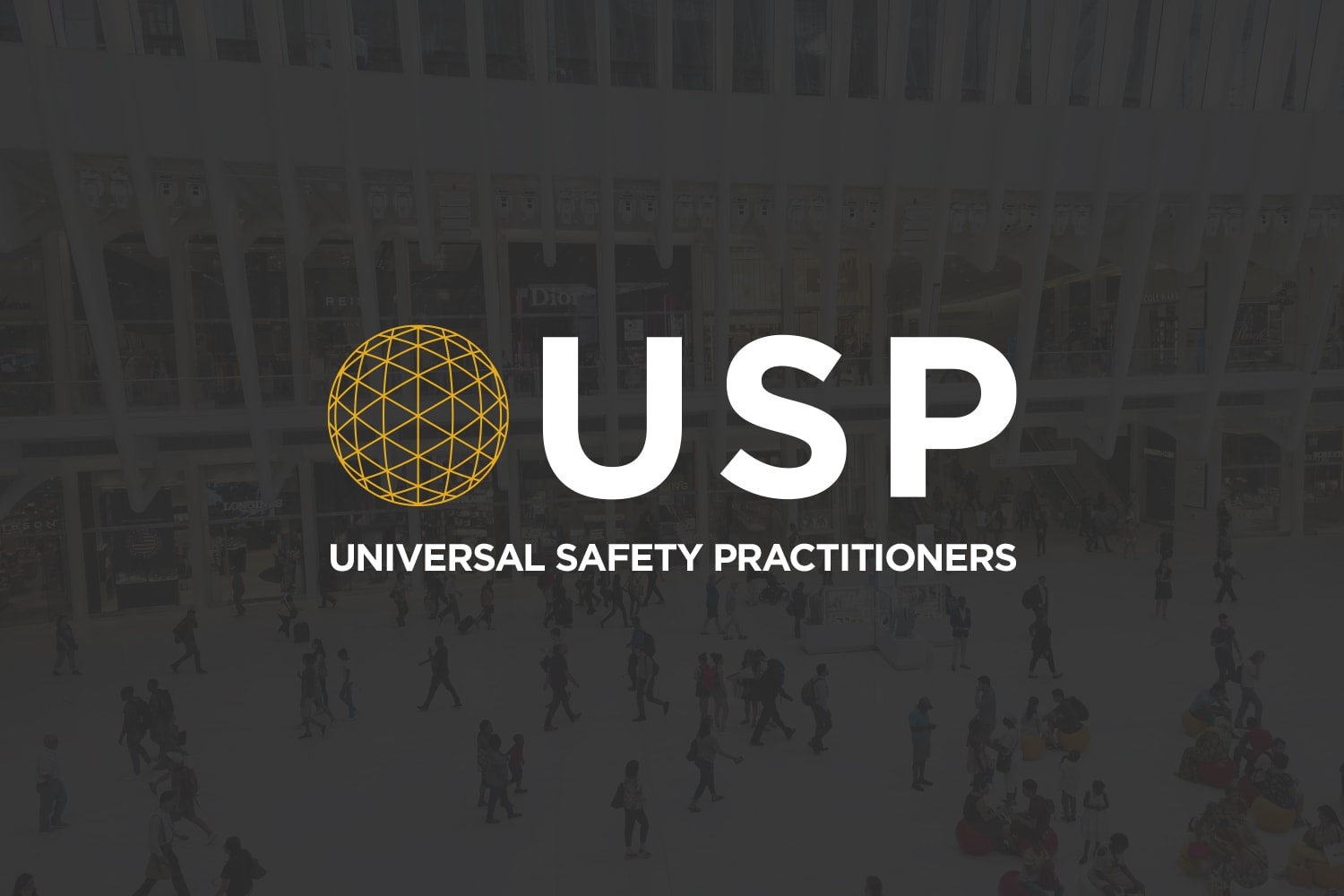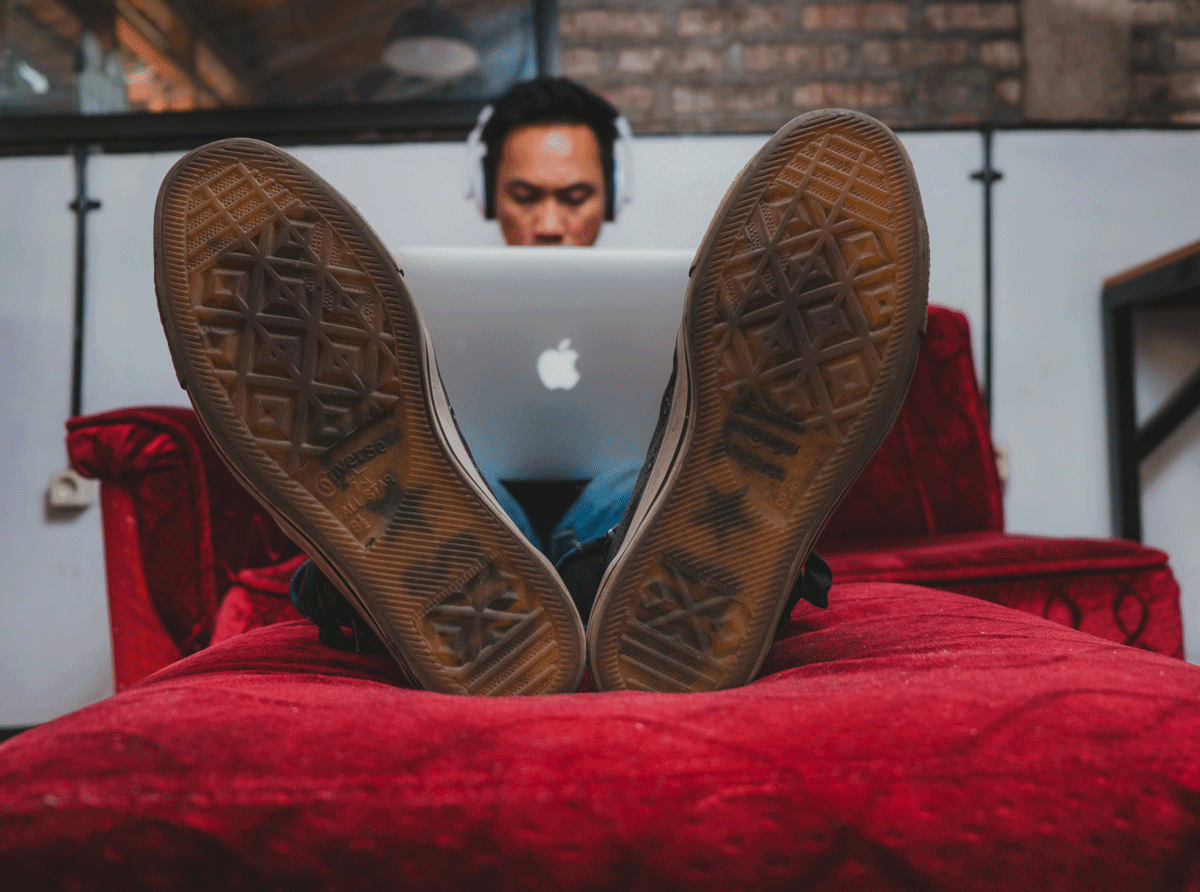The Health and Safety Implications Of Working From Home


As the UK slowly emerges from the Covid 19 pandemic and its subsequent fallout, businesses are now taking a close look at what the “new normal” way of operating will look like, and how this arrangement will develop in the medium-to-longer term. Whilst there are certainly opportunities to be utilised from a financial and operational perspective, the gains that can be made by office-centric businesses who capitalise on this way of operating have yet to be fully evaluated or realised.
The initial lockdown phase saw a large portion of UK businesses sending employees home wherever possible to continue working. These hurried business decisions were, to a good degree, taken as part of improvised additions to business continuity plans; as such, moving staff away from the dedicated and structured workplace into their homes was seen as a short term strategy, allowing businesses to continue operating during lockdown, albeit at a reduced capacity. Few considerations, if any, were taken as to the health and safety implications of such actions.

The Home Environment:
With health and safety legislation largely covering only “traditional” workplaces, the resulting transference of business operations from a dedicated office environment into a domestic one poses a number of difficult governance questions relating to effectively managing the health and safety of employees. True, working from home has become far more prevalent over the past decade even before Covid; however, the initial lockdown phase saw an unplanned and unexpected mass exodus of all office-based employees, many of which had either little or no experience of working from home.

Risk Assessments & Guidance:
Many forward-thinking businesses with access to dedicated health & safety professional support have proactively developed and sent out guidance on working from home, and even computer workstation (DSE) risk assessments to employees for them to complete. This is a small part of any health and safety follow up to transitioning, unexpectedly no less, from an office-led to home-based environment.
These measures have confirmed at large that many employees, if not most, do not have the luxury of dedicated workspaces in their homes, often working from the spare bedroom or kitchen table. Aside to this, surveys undertaken for a number of our clients nationally have identified a number of “technical” issues, ranging from lack of internet bandwidth through to more everyday issues such as lack of printing facilities.
The Health and Safety Executive (HSE) have provided some guidance as to what employers need to keep in mind when thinking about home working staff, which you can read here.

Occupational Health & Wellbeing:
Whilst some employees may welcome the opportunity to work from home, others may struggle with this new way of working.
The occupational health and mental wellbeing of employees working from home is increasingly important and shouldn’t be underestimated. Statistics show that for every £1 spent on mental health, an organisation will receive £5 back on average (Deloitte).
Some more concerning aspects of our surveys have revealed that many employees are experiencing feelings of anxiety, loneliness and generally elevated stress levels as a result from working from home. Also posing difficulties is the age-old question of work/life balance; many find it challenging to manage work at home, whilst often being faced with childcare and other distractions.
For these reasons, it’s imperative that employers have a robust process in place to identify and manage any workplace mental wellbeing issues. ACAS have provided a whole host of information for employers, managers and employees in respect of the identification and management of workplace mental health, which can be found here.

Whats Next?:
Looking on the brighter side, the disruption caused by the Covid-19 pandemic will inevitably diminish – one day. The ever-adapting strategies developed by the UK government indicate strongly that we’ve now reached the critical point; a balance needs to be struck between the health of the nation against the health of the country’s economy.
Irrespective of finding vaccines or even a cure for Covid-19, the virus has altered the way in which we currently work, and will certainly play a part in shaping how we do so in future. Some companies are already considering opportunities for downsizing, sharing office space or bringing employees back to the office on rota schemes, amongst other Covid-friendly schemes. All share a need to maintain some semblance of social distancing within the office environment. These and other legacy-driven initiatives are likely to stay with us for the foreseeable.
It’s important for employers to adapt their operational strategies, which will inevitably require an enhanced degree of employee support from both a mental wellness and general health and safety perspective; ensuring that those employees still needing to work from home are supported, cared for and effectively managed.
Trying to get your team back to work safely? Contact the team of workplace Health & Safety experts at USP to discuss any and all of the above in more detail.
